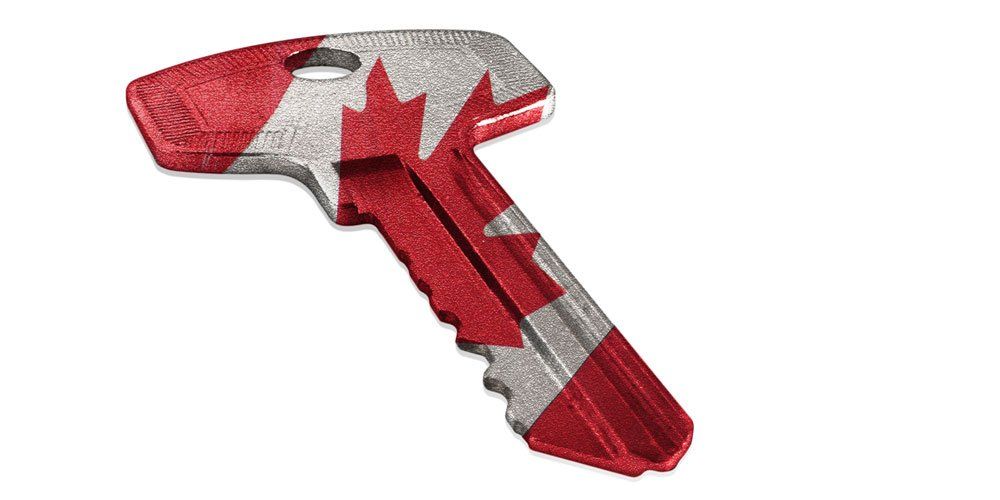Creating Stability in the Canadian Housing Market
This morning, Finance Minister Bill Morneau announced new housing measures, changes meant to alleviate risk in Canada’s current housing market. The measures include:
- Standardizing lending criteria for high- and low-ratio mortgages, including a mortgage stress test
- Closing tax loopholes for capital gains exemptions on principal residence sales
- Consulting with industry stakeholders to ensure risk is properly distributed.
It is good to note that these changes will not have any impact on existing mortgage holders, they will be applied going forward.
“Canadians have told us they are concerned about growing household debt and rapidly rising house prices in some of our biggest cities, particularly in markets like Toronto and Vancouver. These concerns have grown over many years, and there are no quick fixes. The federal government plays an important role in ensuring that housing markets are stable and function efficiently. My colleagues and I are committed to continuing to work with provinces and municipalities to address the concerns of middle class families, and to ensure Canada’s housing markets and financial system remain strong, stable and resilient well into the future.”
– Bill Morneau, Minister of Finance
During his press conference, the Finance Minister said repeatedly that he believes the housing market is stable, and that these are simply preventative measures. Over the next week there will be more information available about the specifics of what this announcement means, and that will be shared here.
Backgrounder: Ensuring a Stable Housing Market for All Canadians
Protecting the long-term financial security of Canadians is a cornerstone of the Government of Canada’s efforts to help the middle class and those working hard to join it. Recognizing that for many families, their homes are their most important asset, the Government is taking preventative measures today to ensure a healthy, competitive and stable housing market for all Canadians.
Today’s actions recognize the effect that years of low interest rates and shifting attitudes towards debt and indebtedness have had on the housing market. While the overall Canadian housing market is sound, house prices have risen significantly in some markets, notably Toronto and Vancouver, and some borrowers are taking on high levels of debt. In these circumstances, it is important to ensure that these debt levels are sustainable, that lenders are acting prudently, and that financial stability risks do not arise in the event of increases in interest rates or a housing market downturn.
The Minister of Finance has been actively engaged on the housing file. One of the Government’s first steps since being elected nearly a year ago was to address pockets of risk in the housing market by raising the minimum down payment for homes priced above $500,000. Since then, Department of Finance Canada officials have been further studying the housing market, and have led a working group with municipalities and provinces, as well as federal agencies such as the Office of the Superintendent of Financial Institutions and Canada Mortgage and Housing Corporation.
This in-depth analysis, informed by the productive dialogue with our partners, has informed today’s announcement of three complementary measures designed to reinforce the Canadian housing finance system, to help protect the long-term financial security of borrowers, and to improve tax fairness for Canadian homeowners. Analysis and cooperation are ongoing as the Government continues to carefully monitor the situation.
1. Bringing Consistency to Insured Mortgage Rules
“Mortgage rate stress test” for all insured borrowers:
To help ensure new homeowners can afford their mortgages even when interest rates begin to rise, mortgage insurance rules require in some cases that lenders “stress test” a borrower’s ability to make their mortgage payments at a higher interest rate. Currently, this requirement only applies to a subset of insured mortgages with variable interest rates or fixed interest rates with terms less than five years. Effective October 17, 2016, this requirement will apply to all insured mortgages , including fixed-rate mortgages with terms of five years and more. Homeowners with an existing insured mortgage or those renewing existing insured mortgages are not affected by this measure.
Safer lending:
There are currently different rules in place depending on what proportion of the value of the property is covered by a loan. For example, mortgage insurance criteria for a loan that represents 80 per cent of the value of the property or less ( low loan-to-value ratio mortgages) are not as stringent as for high loan-to-value ratio mortgages (loans that represent more than 80 per cent of the value of the property). This could lead to increased risk for the taxpayers who ultimately back insured mortgages. To help ensure that taxpayer support for mortgage funding is targeted towards safer lending, effective November 30, 2016, mortgages insured by lenders through portfolio insurance and other low loan-to-value ratio mortgage insurance must meet the same loan eligibility criteria as high loan-to-value insured mortgages.
2. Improving Tax Fairness and Closing Loopholes
The Government is committed to tax fairness, and to ensuring that the exemption from capital gains tax on the sale of a principal residence is available only in appropriate cases. Proposed changes to the tax rules would ensure that the principal residence capital gains exemption is not abused, including by non-residents buying and selling a property in the same year. An additional measure would improve compliance and administration of the tax system with respect to dispositions of real estate, including the sale of a principal residence.
3. Managing Risk and Protecting Taxpayers
The Government continuously monitors the housing market and is committed to implementing policy measures that maintain a healthy, competitive and stable housing market. As a part of this effort, the Government is looking at whether the distribution of risk in Canada’s housing finance system is balanced, and appropriately reflects all parties’ abilities to share in the management of housing risks.
To this end, the Government will launch a consultation process with market participants this fall on lender risk sharing, a potential policy option that would require mortgage lenders to manage a portion of loan losses on insured mortgages that default. Currently, lenders are able to transfer virtually all of the risk of insured mortgages to mortgage insurers, and indirectly to taxpayers through the government guarantee.
If you have any questions about what any of this means, please don’t hesitate to contact us anytime!
Share
Sign up to to our newsletter to hear weekly updates on market news, timely buyer/seller tips, and up to date rates





